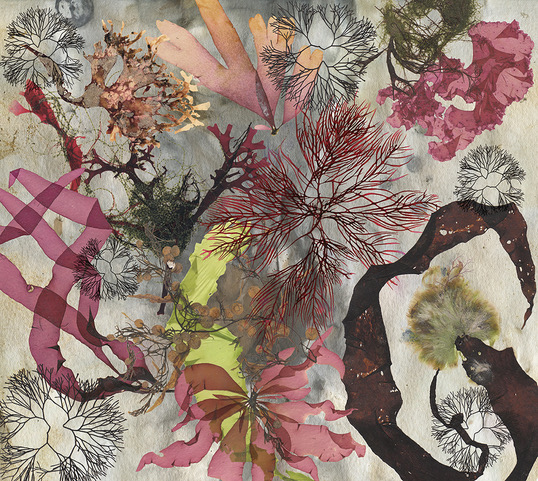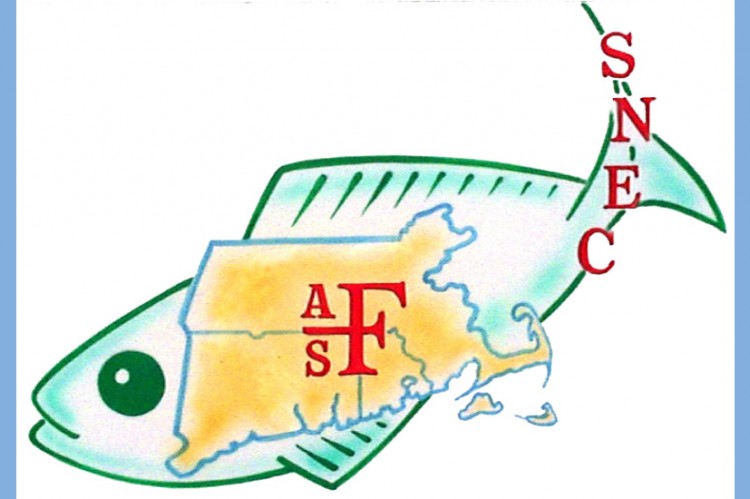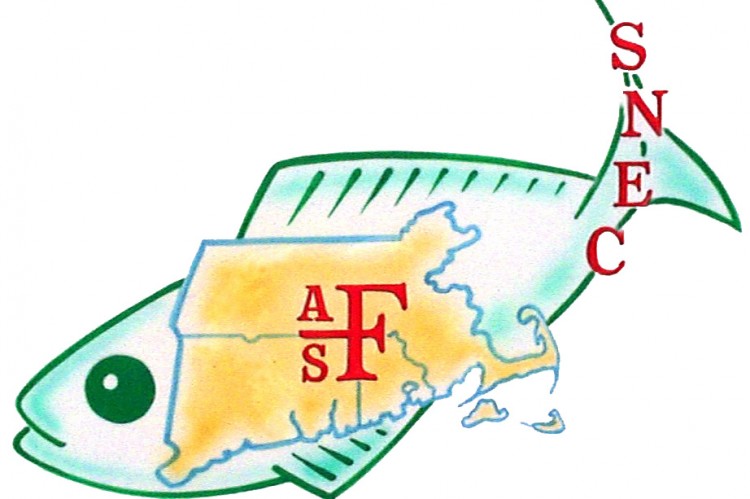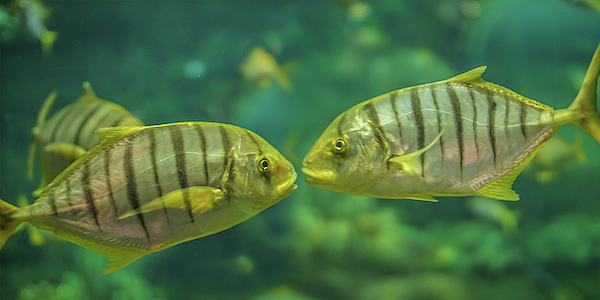Listen to the AFS DEI Podcast Episode 14: Inclusion can happen now and here’s how
https://fisheriespodcast.podbean.com/e/di-podcast-ep-14-inclusion-can-happen-now-and-here-s-how/
or, read some of the same content here:
https://fisheries.org/2022/01/what-does-inclusion-look-like/
Discussion Questions:
-What thoughts or examples came up for you as you listened to or read these resources?
-Think back to the first time you attended any type of AFS event. How did you feel?
-If you are comfortable sharing – give an example of a time when you wish someone stepped up to help you through a difficult social interaction that involved some type of bias?
-What can AFS SNEC and NED do to create a more inclusive environment in our in-person meetings and events?





